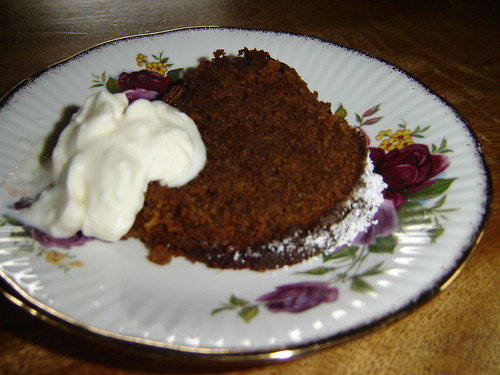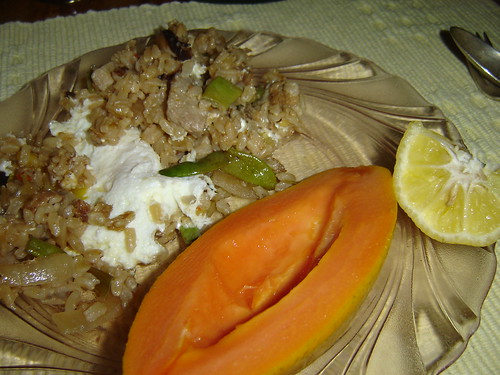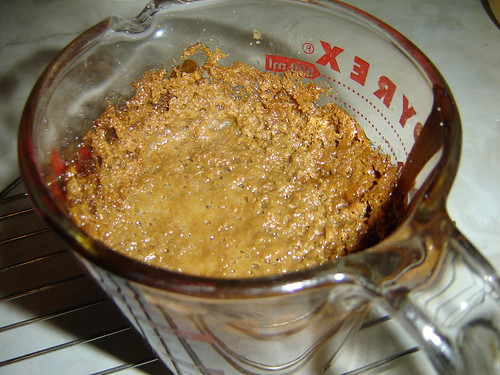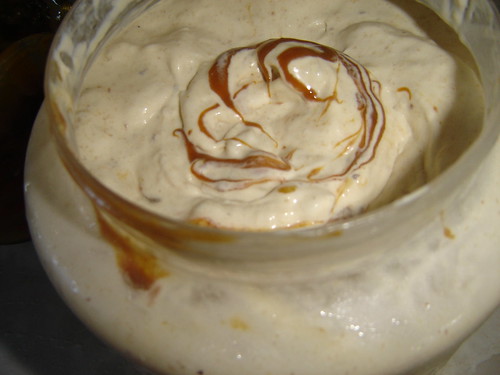 I've mentioned before what an amazing plant my collard is. Crop after crop I've harvested from this one lonely guy. He went through a bad patch recently. Sort of like me with this cold. We revitalized the garden bed around him though, and voila! Back in the groove. His stalk is just getting taller from all the croppings.
I've mentioned before what an amazing plant my collard is. Crop after crop I've harvested from this one lonely guy. He went through a bad patch recently. Sort of like me with this cold. We revitalized the garden bed around him though, and voila! Back in the groove. His stalk is just getting taller from all the croppings.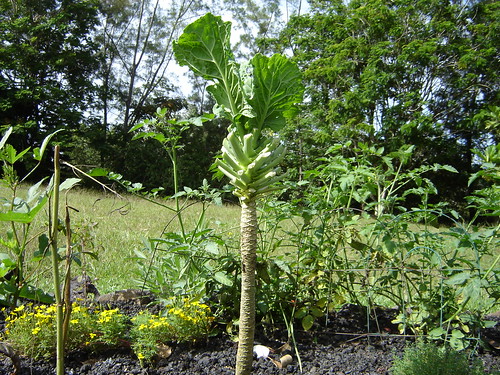
The latest harvest is now featured in my delicious entry for June's GYO. Grow Your Own, for the uninitiated, is a monthly event featuring a recipe made with something you grew or foraged your very own self.
I've cooked collards the quick way and the slow Southern way, but I was in the mood for a slow Italian version. So, they did some time with a ham hock, an onion, peppercorns and garlic - a few hours worth. Then I removed most of the stock (which was very useful a few days later to cook up some of those fabulous Le Puy lentils). To the remaining collards and stock, I added a bit of tomato paste, some really good tomato sauce and meat pulled from the ham hock.
1 large bunch collard greens, washed, de-stemmed and roughly chopped
1 ham hock
1 onion, in large chunks
1 teaspoon salt
4 cloves garlic
2 all spice leaves
1 bay leaf
6 or so peppercorns
2 heaping tablespoons tomato paste
2 cups good quality tomato sauce
2 tablespoons olive oil
Penne pasta
Parmesan Cheese for topping
Put ham hock in large saucepot, adding enough water so that it is well covered and bring to a boil. Then add the remaining ingredients, except tomato paste and sauce, turn down heat and simmer 1 1/2 - 2 hours or until the greens are soft and tender.
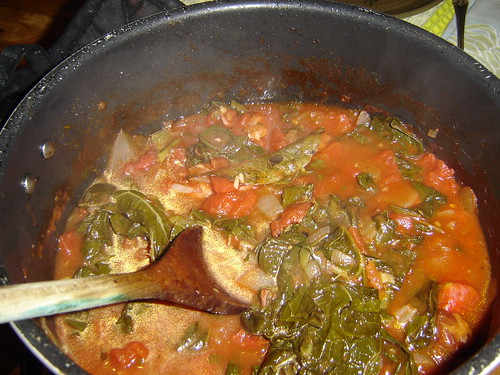
Remove ham hock and set aside. Drain off stock, except for about 2 cups. Add to that the tomato paste and sauce. Take meat off the ham hock, and add it back into the pan as well. Stir up everything. Now, while all the flavors are melding together nicely, cook your pasta. Combine sauce with the pasta, or serve separately, tossed with the olive oil.
Top with some Parmesan cheese. I loved the flavor combination of tender collards, ham and tangy tomato. This is great with a side of crisp salad, like fresh arugula and baby greens. Add a baguette and you're in business.

Enjoy my entry for June's GYO event. And be sure to check out all the great dishes, hosted this month by Graziana at Erbe in Cucina.


